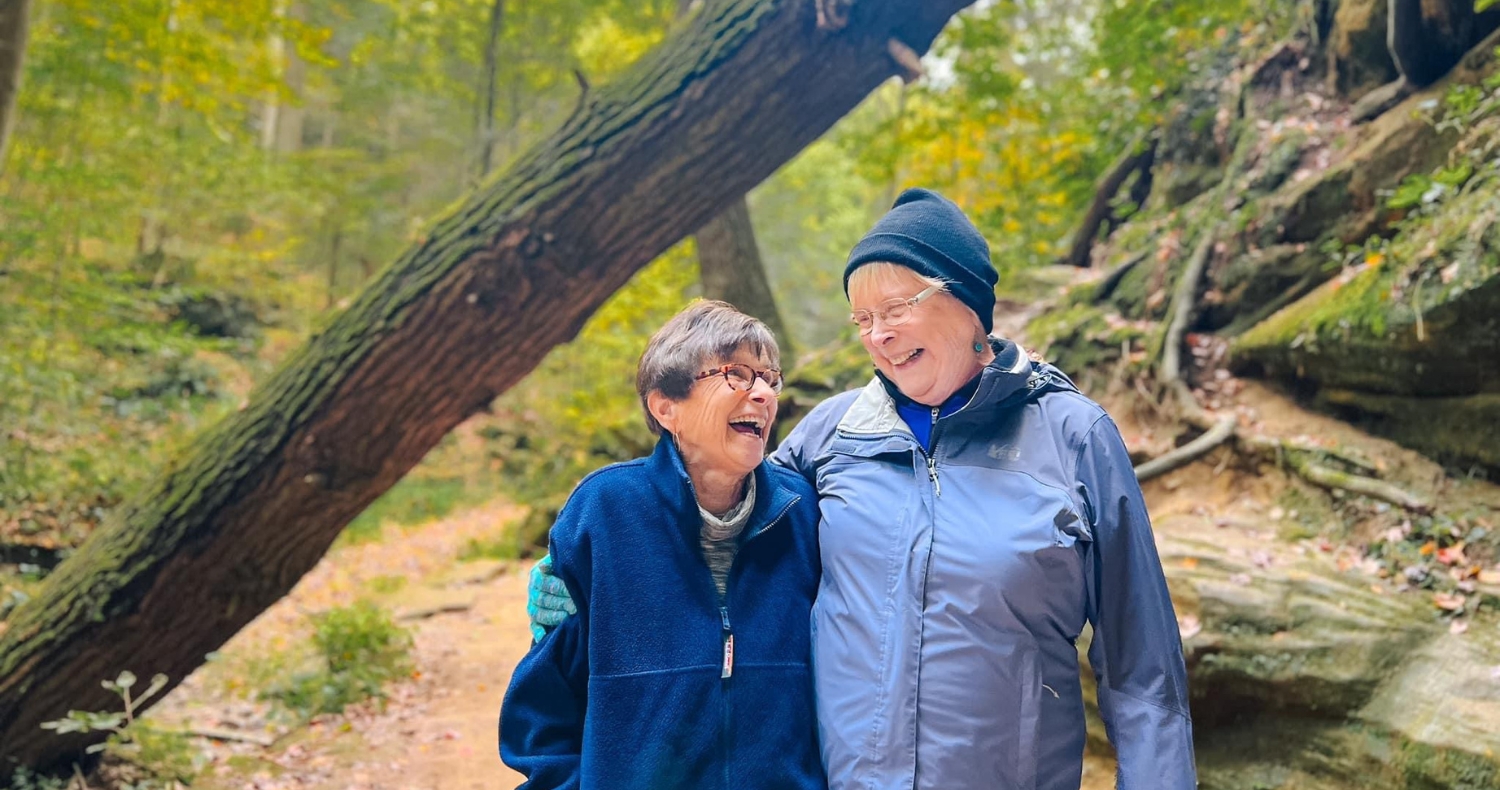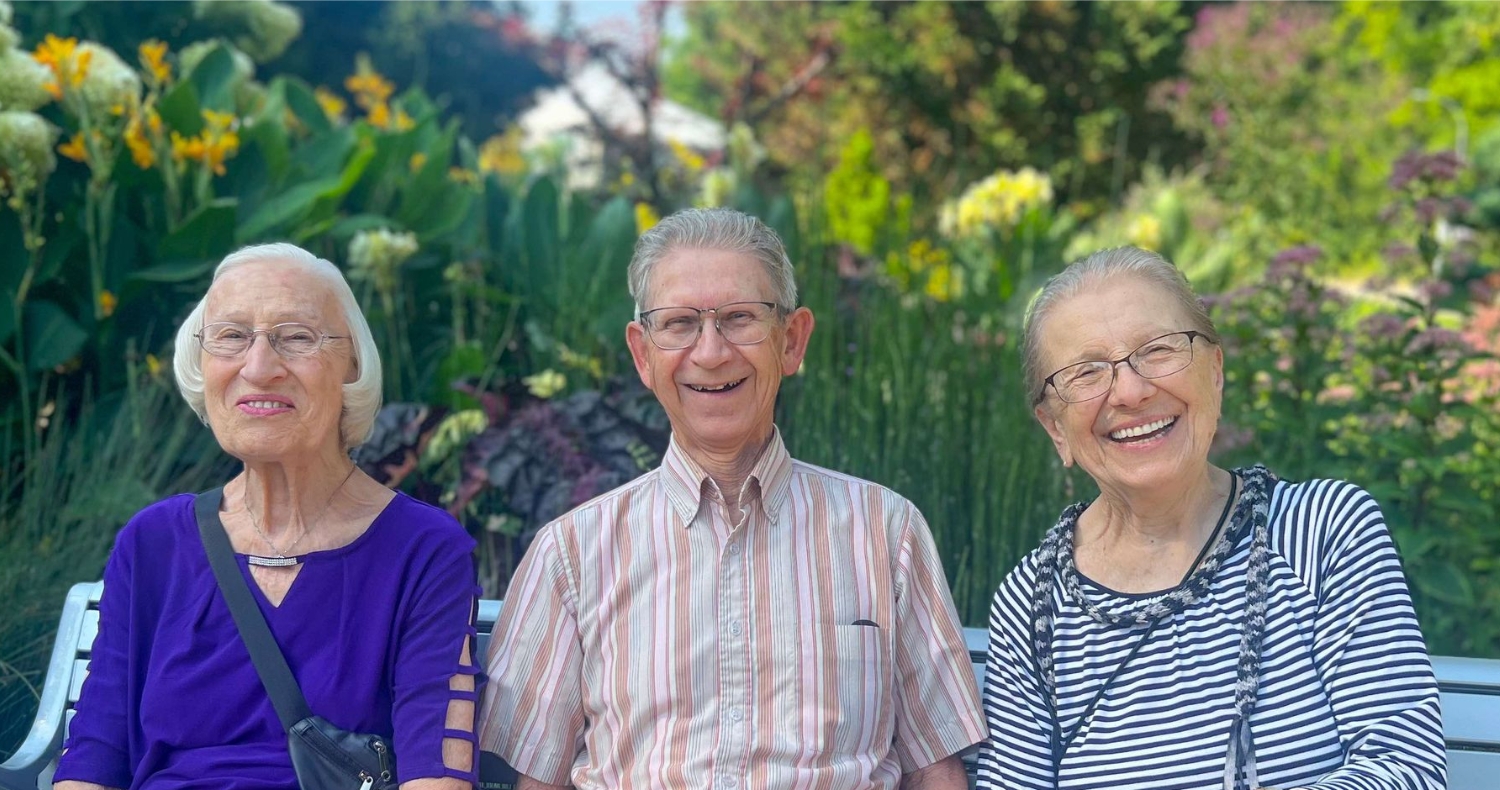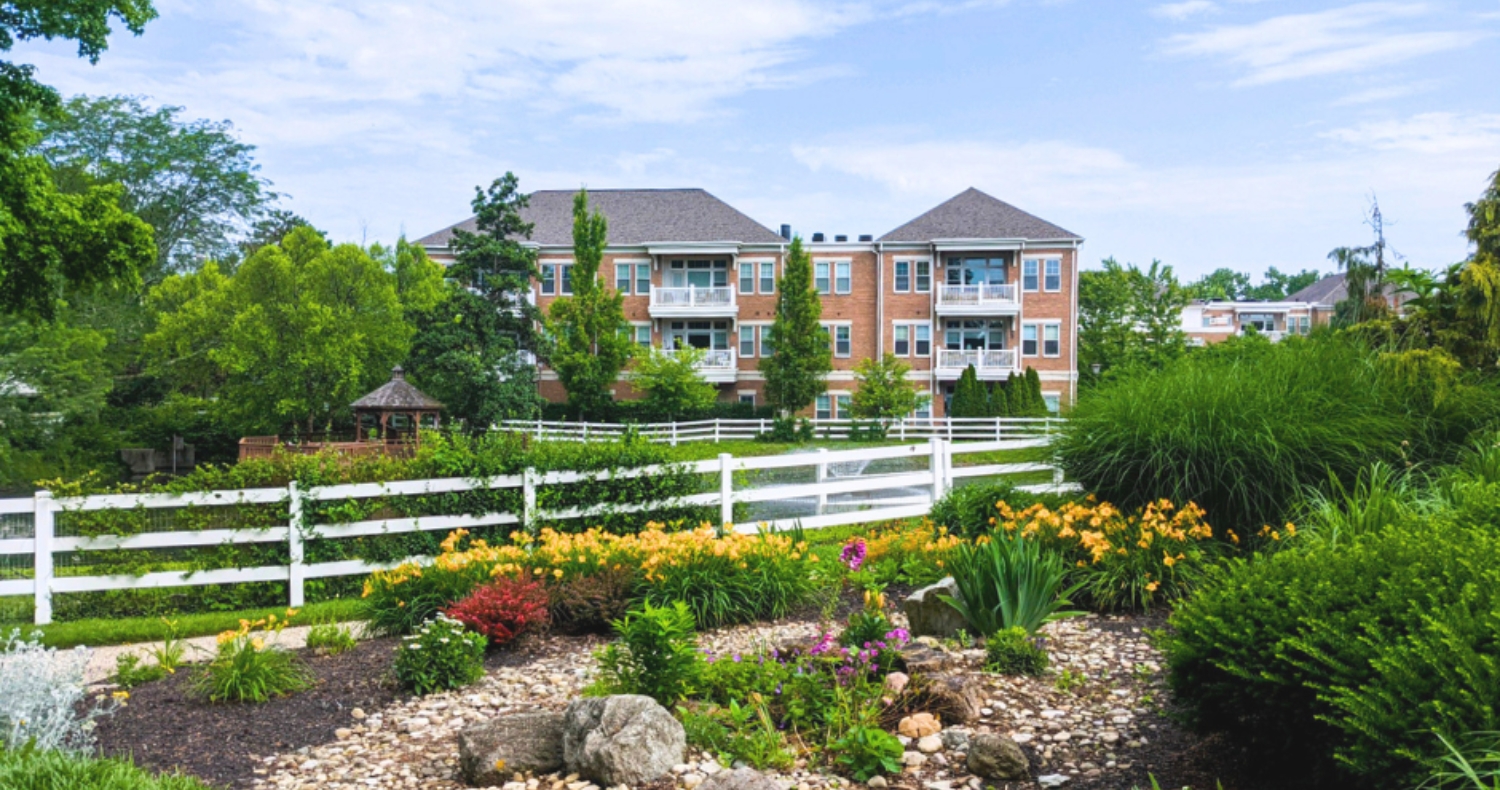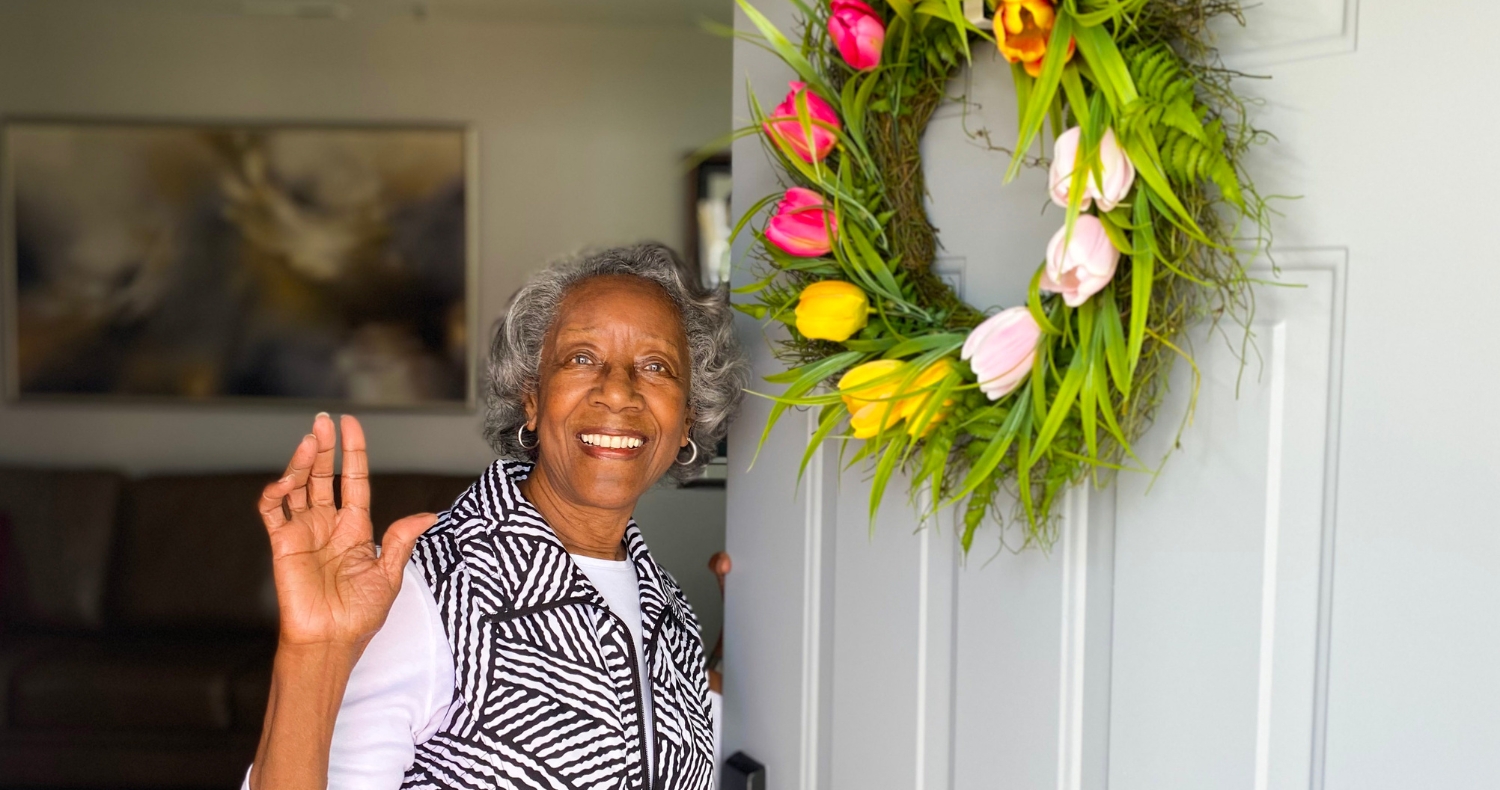Navigating senior living can be overwhelming, but understanding key terms like “24/7 Nursing,” “Assisted Living,” and “Memory Care” can help you make informed decisions about the best care for you or your loved one. At Maple Knoll Village, we’re here to guide you through the process, ensuring you find the right level of care and support.
Continue reading6 Tips for Talking to Your Parents About Moving to Senior Living
Having the conversation about moving to senior living with your parents can be challenging, but with empathy, patience, and open communication, it can be a productive and supportive experience. By focusing on the benefits, addressing concerns with facts, and involving them in the decision-making process, you can help ensure a smooth transition to a new chapter in their lives.
Continue readingTop 3 Frequently Asked Questions About Senior Living
Moving yourself or a loved one into a senior living community is a significant decision that requires careful planning and often raises many questions. Understanding the most frequently asked questions about senior living can help you feel confident and prepared to make the best choice.
Continue readingAging in Place vs. Living in a Retirement Community
Choosing between aging in place and moving to a retirement community is a major decision that affects comfort, independence, and social well-being. Discover the benefits of both options and see how Maple Knoll Village provides a supportive, engaging environment tailored to evolving senior needs.
Continue readingWhat is a Continuing Care Retirement Community?
A Continuing Care Retirement Community provides a range of senior living options—from independent living to assisted living and skilled nursing care—all within one community. This ensures residents receive the right care as their needs change while enjoying a vibrant, maintenance-free lifestyle.
Continue readingThe Vital Role of Social Workers in Senior Living Communities
Senior living social workers provide support, advocacy, and guidance for older adults. Often the unsung heroes, they work tirelessly behind the scenes to help seniors navigate transitions while promoting well-being, respect, and resilience.
Continue readingAre Retirement Communities Worth It?
Retirement communities offer numerous benefits, including a maintenance-free lifestyle, social opportunities, and access to tailored healthcare services. This article explores whether the value of these communities aligns with the needs and preferences of seniors looking for a fulfilling and secure living environment.
Continue readingActive Adult Communities vs. Retirement Communities: Understanding the Difference
Active adult communities and retirement communities each offer distinct benefits, catering to different needs and lifestyles. This article breaks down the differences, helping seniors choose the right fit based on independence, amenities, and access to healthcare services.
Continue readingThe Time for Seniors to Sell Their Home is Now
The current housing market strongly favors sellers due to high demand and low inventory, making it an opportune time for seniors to sell their homes. By consulting with a realtor, seniors can effectively navigate the selling process and consider downsizing into a more manageable living arrangement, such as an active retirement community.
Continue readingWhat Community Means for Seniors
Community engagement plays a vital role in the well-being of older adults, offering not only social benefits but also physical and mental health advantages. Being involved in a vibrant community combats isolation, which can negatively affect health, and fosters a sense of belonging that enriches daily life.
Continue reading









